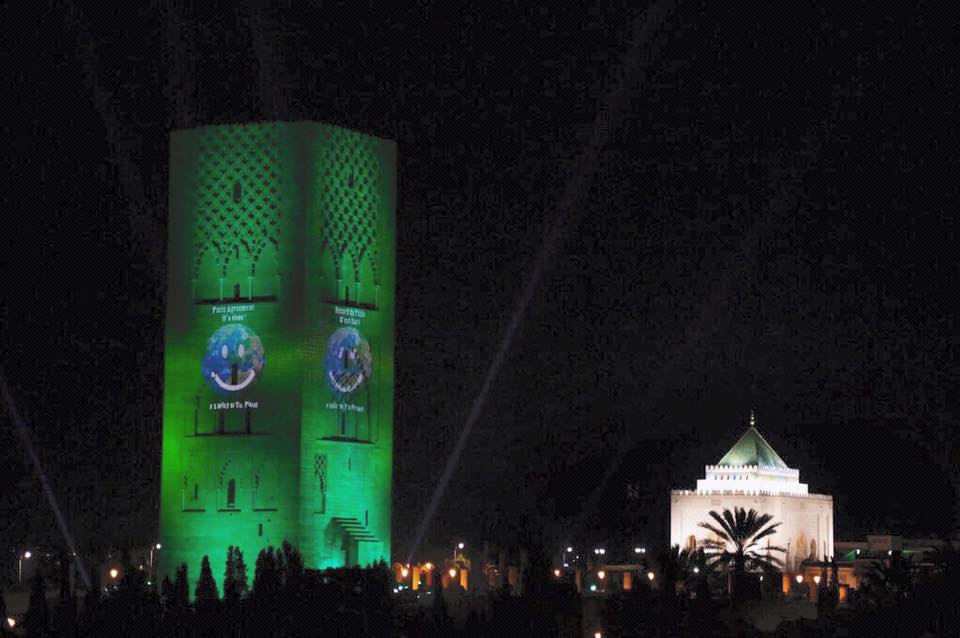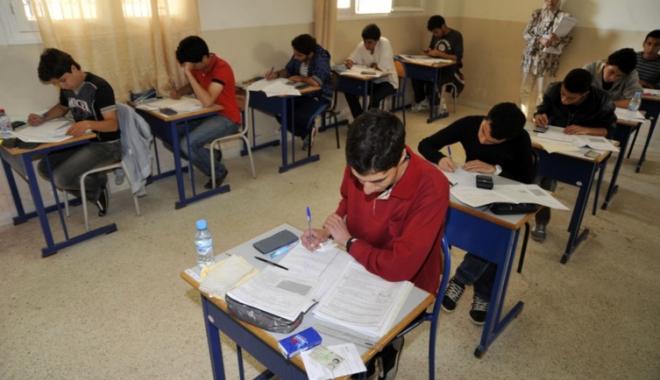
Rabat, Morocco (TMT)- Morocco leads the African continent in science, technology and innovation capacity, according to a report from the African Capacity Building Foundation.
The report highlighted Morocco’s high spending on research and development in 2009, which totalled $1.1 billion (0.7 percent of Morocco’s GDP). Since 2009, spending on research and development has increased.
Morocco’s research spending went primarily to the social and human sciences, where 40 percent of scientific researches were. Exact and natural sciences accounted for 32 percent, engineering and technology for 21 percent and medical science for 5.5. Both public and private higher education institutions employed the majority of these researchers with 80 percent in 2014. Thirteen percent went to public research institutions and 7 went to the private sector.
Tertiary education enrollment has taken an upturn in Morocco in the last decade, with nearly 40,000 students enrolled post-secondary education. Almost 50 percent of these students were working toward a Master’s, 40 percent toward a PhD and 4.5 percent with a medical specialty.
Morocco had the second-highest amount of full-time researchers with 864 per one million inhabitants. Tunisia led Africa’s research population, and Sudan had the fewest.
As the highest-ranking country on the list, Morocco’s success in innovation and research has made it an example for other African countries.
“The new Moroccan strategy focuses on educational reform and scientific research through supporting the research funding system,” the report stated. “So far, funding for research has been provided almost entirely by the state, with only few inputs from the private sector….The major lesson is that the provision of research funding was helpful in facilitating STI capacity-building programs for the country and could be implemented elsewhere in Africa.”
Research and development expenditures in Africa currently average around 0.5 percent of the GDP. This is half of what Africa pledged to produce in both 1980 and 2005. The African Union developed the Science, Technology and Innovation Strategy for Africa (STISA-2024) in 2014, which sets a 10-year agenda for advancing Africa through science, technology and innovation.
STISA-2024 maintains four “pillars” which include building/updating research infrastructures, enhancing professional/technical competencies, promoting entrepreneurship and innovation and providing an enabling environment for STI development to occur. The implementation is supposed to take place at a national, regional and continental level.




